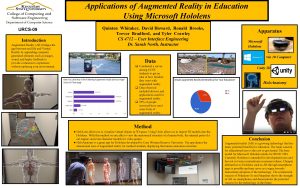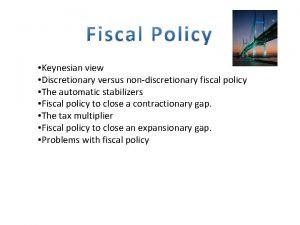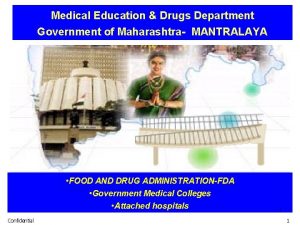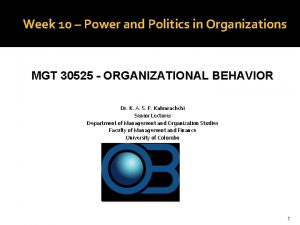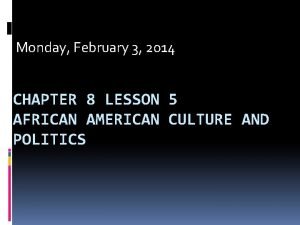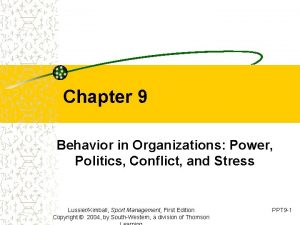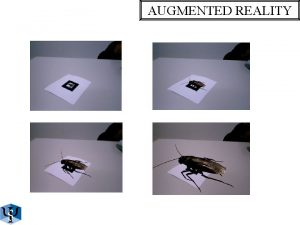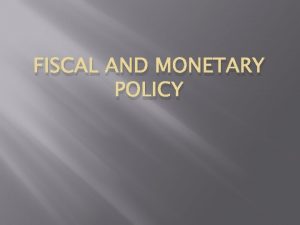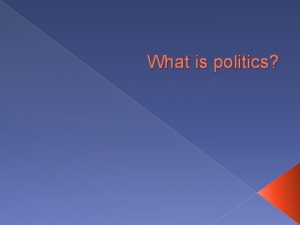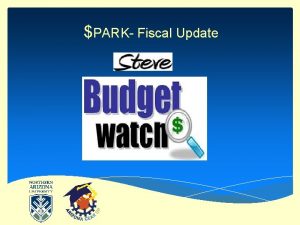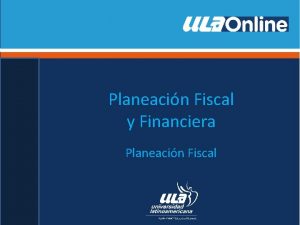The Politics and Fiscal Reality of Medical Education













- Slides: 13

The Politics and Fiscal Reality of Medical Education • Presenters: – Suzanne Allen, MD: Vice Dean for Academic, Rural and Regional Affairs, UW School of Medicine – Thomas A. Scandalis, DO: Dean, Pacific Northwest University of Health Sciences, College of Osteopathic Medicine – John Tomkowiak, MD: Founding Dean, Elson S. Floyd College of Medicine at Washington State University

The Politics and Fiscal Reality of Medical Education Questions Addressed: • How will the new funding of the medical school in Spokane impact the budget? What are the implications for expansion? • How will each of your schools address the primary care shortage? Can you share any plans for growing capacity in the education of physician extenders, or other non –MD/DO health professionals? • How will each of you work to expand GME in the state? • What are your plans to improve physician retention in WA and draw physicians to WA?

The Path to Becoming a Physician Baccalaureate Education Undergraduate Medical Education Basic Sciences “Pre-Med” Fr So Jr Sr Y 2 Y 1 Clinical Sciences Y 4 Y 3 Graduate Medical Education Residency (3 -7 Years) Y 1 … Fellowship (1 -3 Years) Y 3 … 10+ Medical School BA/BS Degree MD/DO Degree Board Certification

Physician Pipeline K-12 College (4 years) Medical School (4 years) Residency/Fellowship (3 -7 years) Practicing Physician



Pacific Northwest University of Health Sciences College of Osteopathic Medicine Linking Medical Education to your Community Recruit 77% of PNWU students are from the Northwest 56% Educate Return of PNWU graduates matched to primary care residencies. 100% of graduates who have reported their practice location have returned to the Northwest.

We are proud that over 77 percent of our students are from the Northwest and almost half are from rural or medically underserved areas. Our Students from our 5 -State Catchment Area 2008 - 2015 (N=795) AK 6% Other States 23% ID 8% MT 5% OR 9% Washingt on 48%

PNWU Clinical Rotation Sites For 3 rd & 4 th Year COM Students

100% 90% PNWU-COM Proportion of Residency Placement by Category 85% 80% 86% 81% 70% 66% 68% 61% 50% 54% 40% 44% 30% 32% 20% 15% 19% 14% 0% 2012 2013 2014 2015 Primary Care (FM, IM, PEDS) Generalist (FM, IM, PEDS, GEN SURG, EM, OBGYN, PSYCH) Other

89% of PNWU students completed rotations in Washington State 53% of PNWU students from Washington State came from a rural or medically underserved area 93% of PNWU graduates from Washington State who reported their practice location have returned to Washington State 26% of PNWU graduates did their residency in Washington State 65% of PNWU graduates practicing in Washington State are in a rural or medically underserved area

WSU Clinical Sites

• Community Based Medical School • Building on the Strength of a Tier 1 Research Institution • In Spokane we have an Inter-Professional health science campus with Pharmacy and Nursing. • GME expansion must occur in rural and underserved areas • Admissions and Practice Competencies specific to rural and underserved.
 Microsoft augmented reality for students
Microsoft augmented reality for students Difference between medical report and medical certificate
Difference between medical report and medical certificate Macroeconomics unit 5 lesson 2 activity 45
Macroeconomics unit 5 lesson 2 activity 45 Unit 3 aggregate demand and aggregate supply
Unit 3 aggregate demand and aggregate supply Tax multiplier formula
Tax multiplier formula Non discretionary fiscal policy
Non discretionary fiscal policy Unit 3 aggregate demand aggregate supply and fiscal policy
Unit 3 aggregate demand aggregate supply and fiscal policy Target institute of medical education and research
Target institute of medical education and research Medical education and drugs department
Medical education and drugs department Power and politics in organizations
Power and politics in organizations Opportunities of media and information
Opportunities of media and information Chapter 8 lesson 5 african american culture and politics
Chapter 8 lesson 5 african american culture and politics Bureaucracy and politics in india
Bureaucracy and politics in india Power politics and conflict in organizations
Power politics and conflict in organizations
